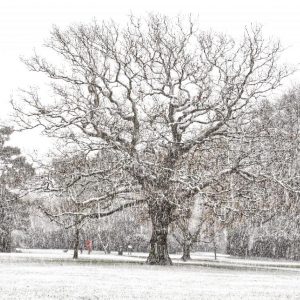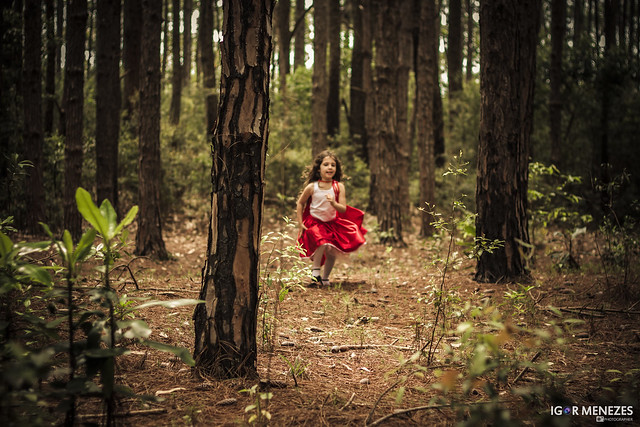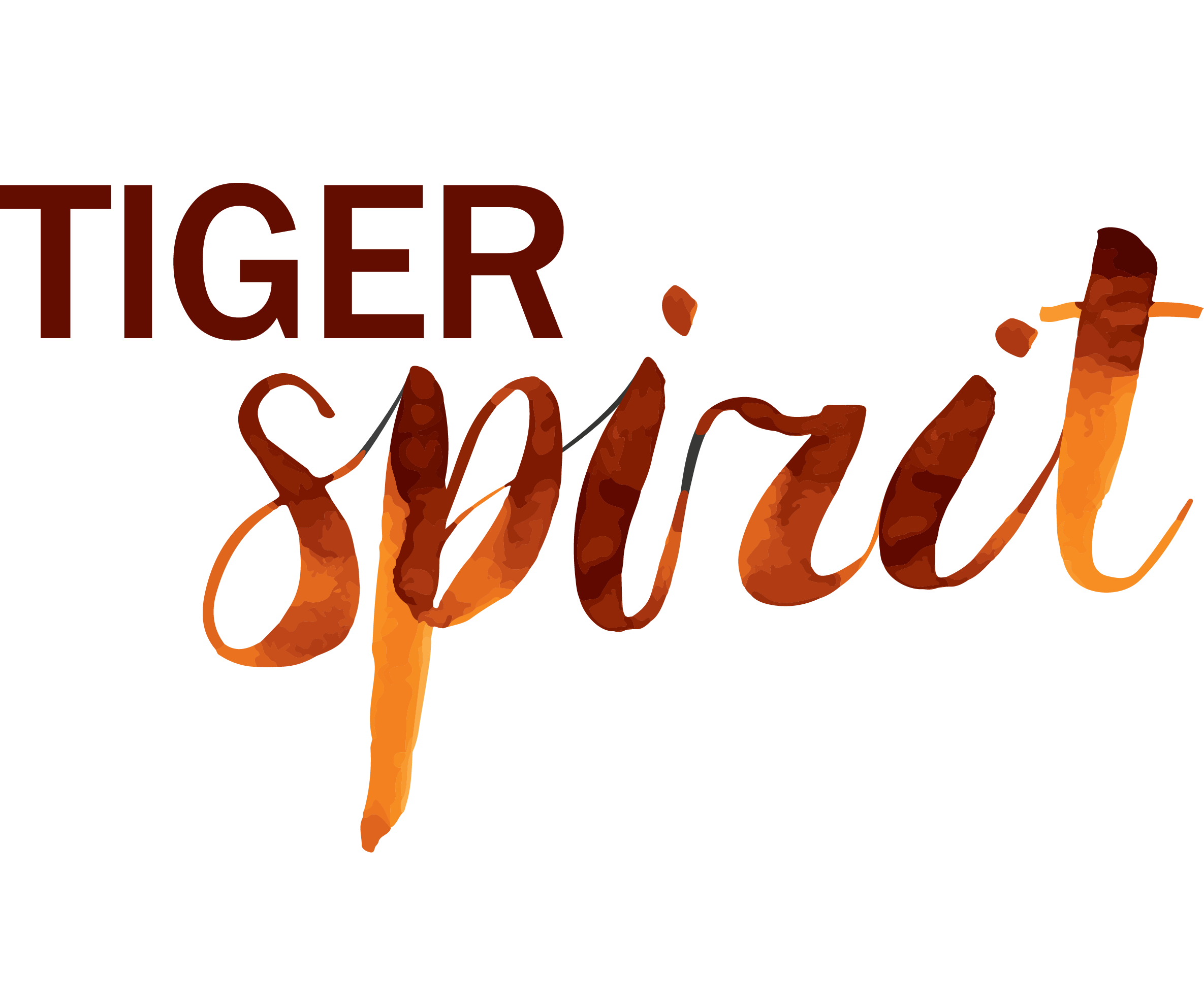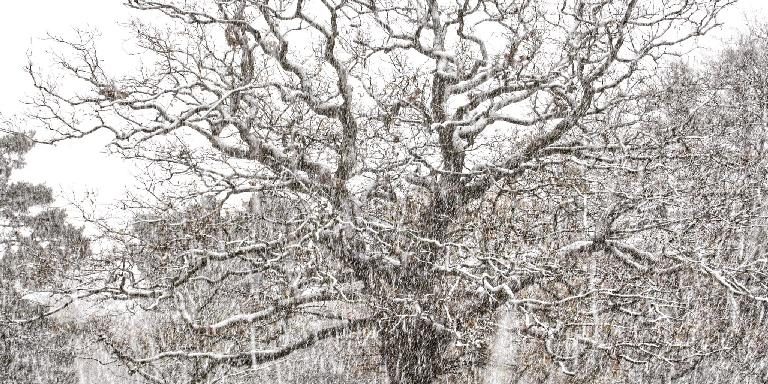“If a tree falls in a forest but it’s not on Facebook, did it really fall at all?” In this long read, creative actionista Yang-May Ooi looks at the existential instinct beneath our constant need to post stuff on Facebook and social media.
“If a tree falls in a forest but it’s not on Facebook, did it really fall at all?”
It’s a light-hearted question. A joke, really, playing on the well-known philosophical question, “If a tree falls in a forest and no one is around to hear it, does it make a sound?”
But it captures an existential question for the modern age.
Our compulsion to record our lives
We see a sunset and instantly dig around for our phones to snap a photo and share it on Instagram. We are hanging out with friends and pause all the laughter and chatter to capture the moment for Facebook. Eating a delicious meal, Playing with our kids. Watching our pets. We feel compelled to record it all – for our friends to see, for ourselves to appreciate again later.
There’s been much hand-wringing elsewhere about how we are failing to live in the moment because of technology , how the digital world is making us lose connection with the real world and how we don’t know how to relate to other people anymore because our online relationships seem more important.
This blog post is not about that.

Living the moment vs. Capturing it
As part of my personal project, ReWilding My Life, I decided to post on social media, through this blog, my reflections as I explore ways to re-connect with the natural world and a more natural way of life. My idea was that by sharing my experiences, it might prompt those around me to share theirs too so that I could learn from them – and to urge others to look at nature around them with fresh eyes. The blog would also act as a creative journal, capturing my thoughts and observations in words, images and video.
And from the start of this project, I ran slap bang into this dilemma: do I stay in the moment and experience what is going on around me fully OR do I whip out my camera to capture an image or video of what is happening or start composing in my head a blog post / Facebook update about my response to this moment?
Do I experience that tree falling in the forest – period? Or do I snap photos, take video, express my reaction with emojis and lots of exclamation marks and hashtags on Facebook/ Twitter/ Instagram, then write up something longer on my blog?
I am not criticizing anyone who does the latter. In fact, I have done the same myself many times. I’ve taken endless photos and video of a sunset in Devon, my camera between me and the vast majestic beauty of the sky. I’ve stopped all conversation at gatherings to make everyone pose for a Facebook photo. It’s what we all do.

The anxiety of a moment of aloneness
My aim here is to dig deeper into why we do these things – sometimes to the point of obsession.
For me, I love having photos of fun times with friends to look back at in my Facebook albums. I like my friends and family seeing each other online through these captured moments, having chats beneath the photos, connecting through digital media. I love creating a pretty picture of the scenic photo I’ve taken – it feels a little bit creative, a little bit like making art, it’s a way of expressing and sharing my experience of what I’ve seen.
When I see a beautiful sunset, I want to say to someone, “Wow, look at that! Isn’t it amazing?” If a friend or partner is with me, I can easily turn to them in the moment and we can share that experience together. If not and I am on my own, all those feelings of awe and wonder brim over and seem to have nowhere to go. I am reminded that I am alone.
Not just alone in that moment. But alone in this world. In this life.
It is an existential sense of my aloneness.
We are all alone in every moment of our lives, of course. But we are rarely conscious of it. Like we are rarely conscious of breathing.
And then, sometimes, moments come along that force us to become aware – even infinitesimally – of that sense of aloneness. So we reach out instinctively in any way we can.
Perhaps the question I began this blog post with can be rephrased more accurately as: If no-one sees where I am or what I am doing – if no-one knows I exist, do I still exist?

Staying with the anxiety of aloneness
But if we stay with the discomfort of being alone with our experiences instead of reaching for our cameras/ phones so quickly, something interesting can happen.
Since my last blog post back in September, I’ve minimised time spent blogging, capturing video and images for Instagram and Facebook. Instead, I’ve tried to allow myself time to experience what I am seeing or what is happening. It may be that I let myself absorb the moment for several minutes before I get my phone out to snap a pic. Or I let a whole evening with friends pass without taking a selfie of us all crowded together. Or days, weeks and months may go by where everything that happens is only shared with the people I am with at the time – or just appreciated fully by only me.
Being present in this way has given me space to notice the emotions those moments have moved in me. I have been able to more fully live in the experience. The flow of great conversations has not been broken by the shuffling about needed to preserve the evening in picture. I have a myriad memories – not on Facebook, but within me.
By being present to the moment, I have found that I can be fully present to me. That experiencing whatever is happening without the distraction of a camera has given those moments a greater richness – to no-one else but me.

Making memories that matter to no-one but me
Whether I am with others or by myself, it is my subjective experience that has meaning. So do I want my subjective experience to be about fiddling with a camera to get the perfect shot or breaking into a great conversation with friends to gather them around for a selfie – or do I want it to be about experiencing that amazing sunset or the good company of my companions?
I’m not giving up blogging or snapping photos for Facebook. My ReWilding exploration draws me away from too much social media – not all social media. I feel that the journey can be enhanced by connecting with others online to discuss all things wild and natural. It can be invigorating to connect online – like writing my thoughts down in this blog post or sharing my photos and seeing those of my friends.
What I will be doing, though, is allowing myself time and space. Time and space first to experience each moment fully – for however long that might feel right. Time and space to feel my emotions, embody the wonder or fun or beauty, connect wholely with whoever is with me or simply with just myself on my own. To create personal, private, intimate memories from those all too precious subjective experiences. Then, after that – and only after that long, full time that it has taken, will I think about capturing it, interpreting it, sharing it, discussing it.
~~
Rewilding My Life is creative actionista, Yang-May Ooi’s personal journey to explore how our urban lives alienate us from the natural world – and how we can re-connect with nature and our sense of the wild. Follow this Tiger Spirit project via Rewilding My Life link on the left sidebar.
Photos:
Fallen tree by Nahid V from flickr.com (CCL com)
Tree in Snow – from my personal album
Alone by Randy from flickr.com (CCL com)
Girl in forest by Igor Menzes from flickr.com (CCL com)
Author: Yang-May Ooi
Yang-May Ooi is a writer & podcaster. Her creative work includes The Flame Tree and Mindgame (novels), Bound Feet Blues (theatre & family memoir), The Anxiety Advantage and Creative Conversations (podcasts). ¦ www.TigerSpirit.co.uk

